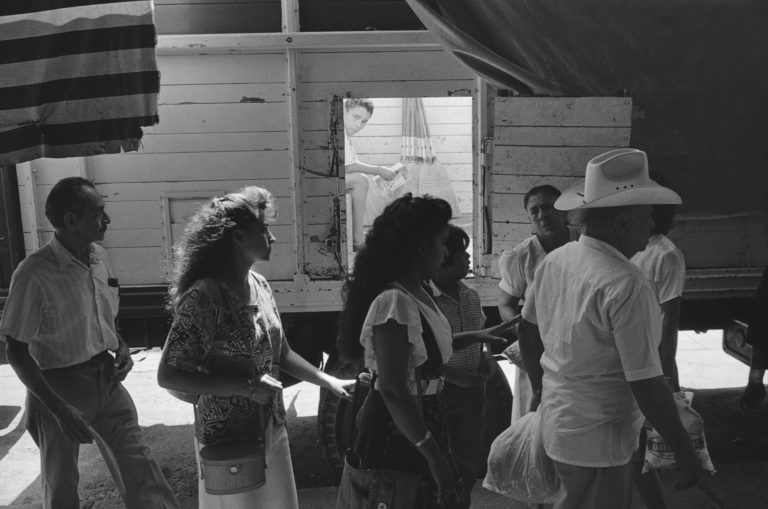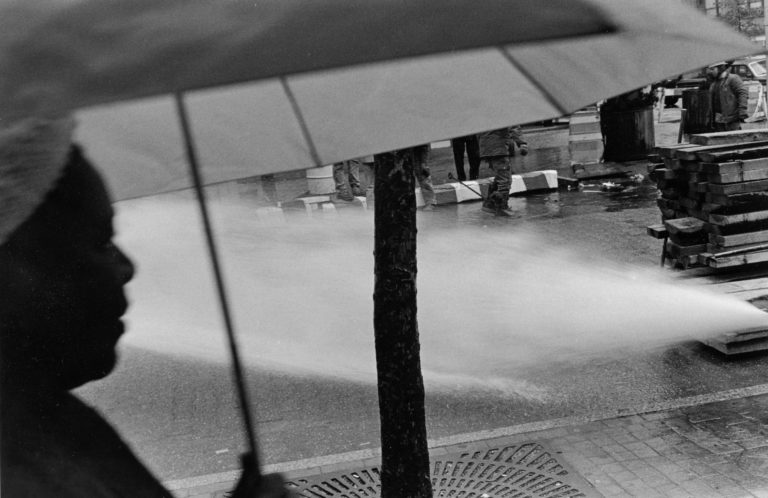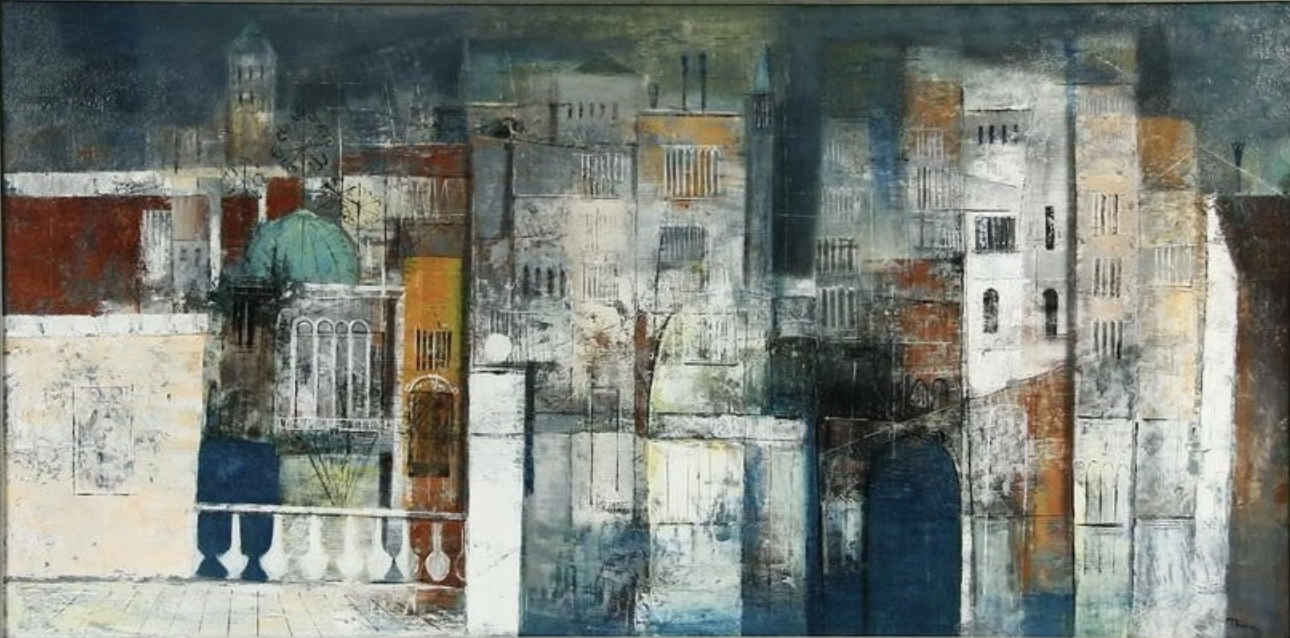













Philip Perkis
b. 1935
“I know my eyes are never going to get better… I’m finally starting to realize that certain things in my life are finished, and that’s hard, that’s hard. But it’s also very rich.”
Philip Perkis
Biography
Philip Perkis was born in Boston to parents who had immigrated from Ukraine. As a child, he struggled in school; he learned only when he was fifty that he is dyslexic.
In 1954, having failed at school, he enlisted in the Air Force. While serving as a tail gunner on a B36, fellow airman James O. Mitchell helped him get a camera and taught him how to use it. As soon as Perkis started making photographs, he knew he was “home.” After leaving the military, he attended the San Francisco Art Institute, studying briefly with Ansel Adams, as well as Dorothea Lange, Minor White, and John Collier, Jr.
Perkis graduated with a BFA in 1962 and moved to New York City, relocating to Warwick, New York, in 1970. He returned to New York City in 1980, where he lived for the next thirty-two years. He currently lives and works in Stony Point, New York.
Perkis is unusual in that he has no attachment to any particular subject or theme as a photographer. His vision is the unifying principle, which makes his work difficult to categorize (or “pigeon-hole,” as he says). One unifying aspect is that all his photographs are moderately sized, black-and-white silver prints. He makes very few prints of each negative.
Photographer Helen Levitt says of his work: “Philip’s pictures are not like anyone else’s. They are like looking at a dream.”
Honors and awards
Perkis has had the opportunity to travel and photograph extensively. He has been a Guggenheim fellow and has been the recipient of a Wingate Paine Teaching Fellowship. He’s also received grants from the National Endowment for the Arts and the New York State Council on the Arts (twice).
He has published seven books, including in 2001 a book on teaching photography that has been translated into several languages and remains in print. He’s had numerous solo shows, and has been included in many group shows, most recently the 2021 exhibition, The Magic is in the Seeing: Philip Perkis and his Creative Legacy (the Undercroft Gallery, NYC). A professor emeritus and former chair of photography at the Pratt Institute (Brooklyn), Perkis has also taught at the School of Visual Arts (NYC), New York University’s Tisch School of the Arts, and Cooper Union, among others.
His work is in the permanent collections of many major museums, including the Art Institute of Chicago, Boston’s Museum of Fine Art, the Carnegie Museum of Art, the Getty, the Metropolitan Museum of Art, the San Francisco Museum of Modern Art, and Savannah’s Telfair Museums.
Perkis’s vision loss and post-macular work
Due to a retinal occlusion in 2007, Perkis lost the vision in his left eye, which was his dominant one. After not being able to take pictures for six months, he resumed photographing, with his right eye. This change led, in his opinion, to photographs of greater emotional depth that were qualitatively different from those he had done before. “Closer to the bone,” as he has described, “more abstract,” and “more akin to drawing.”
Around 2015, when his former student Jin Ju Lee was working on a feature film about him, the vision in Perkis’s right eye began to weaken. As he describes in an interview with Lee that appears in the film, Just to See, a Mystery: A Film Portrait of Philip Perkis (2016):
“I think a lot of what I see almost has to do with memory, or something like that. And that my pictures have changed in the last years since The Sadness of Men book (2008). … [I]n a way [they’re] simpler and less intellectual and more emotional and more addressing some of the sadder issues of life than they did before. And I think all that’s affected by the vision. It’s hard to say without starting to get upset. I know my eyes are never going to get better… I’m finally starting to realize that certain things are over. I’m never going to be able to walk miles and miles and take pictures. I don’t think I’ll ever go back to Mexico and get on buses and eat street food and sleep in cheap hotels. Certain things in my life are finished, and that’s hard, that’s hard. But it’s also very rich.”
In 2021, due to increasing vision loss, Perkis consciously made his last photographs, a series of 60 pictures. He is no longer making photographs, but is still writing, with help.
Some of his writings are forthcoming in ar, a second book collaboration with his wife, the artist Cyrilla Mozenter. This includes the following passage in which Perkis continues to seek, as he always has, a correspondence between his inner life and what he has seen.
“Mexico. I don’t remember the place or who I was with. The rest is vivid.
We were in a storefront restaurant with six or eight tables and an open kitchen. It was evening and dark. We were eating and drinking. A man appeared with clean ill-fitting worn clothes. He was small and thin. He was carrying a battered violin. He stopped, faced the restaurant and started to play. The instrument was out of tune. He didn’t play well. He played for two or three minutes. It may have been Ave Maria. It was hard to tell. When he finished, he took off his cap. He went around the tables for donations. He didn’t say anything or change his expression. He was dignified. He left.
I realized he had helped me touch the beauty and sorrow of the world.”












